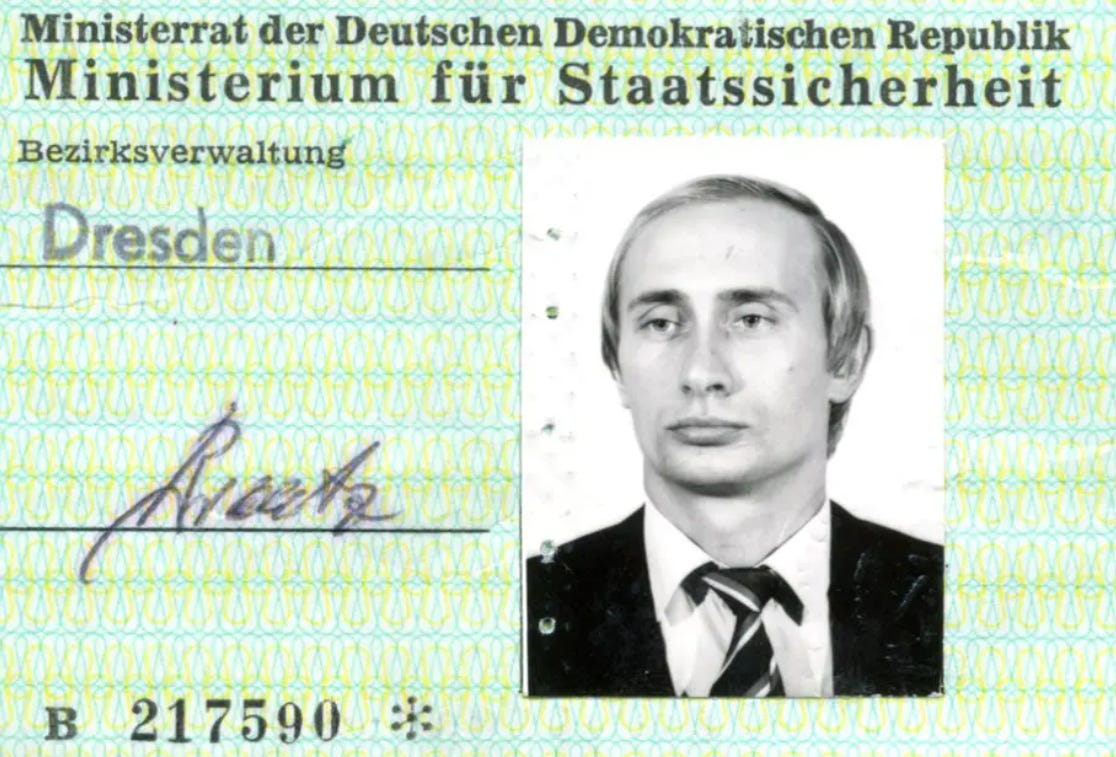No, Russia Is Disinformation
Why the media keeps getting it wrong and why it matters
They just can’t help themselves. The media and the commentators, that is. As the Ukraine-Russia conflict drags on, talk of ‘disinformation campaigns’ continue.
Sure, there may be campaigns directed by the Kremlin which solely focus on discombobulating their adversaries, but that framing misses the point. Disinformation is baked into the creation, strategy and the existence of the Russian state.
To understand why this is so important, let’s revisit the death of Stalin. After the Soviet leader passed away in 1953, a power vacuum was formed and by mid-1957 Khrushchev and his allies had seized control of the party and the state apparatus.
A reorganisation of the Soviet government was ordered and Alexander Shelepin, an ally of Khrushchev outside of the existing state security apparatus, became chairman of the KGB in December 1958.
Drawing on the Soviets’ long history of defection and penetration operations dating back to the 1920s (Operation Trust, for example), Shelepin championed active measures and saw disinformation as a key strategic pillar for the Soviet Union.
A Directorate D or ‘Dezinformatsia’ was subsequently established within the First Chief Directorate of the KGB in 1959. Leninist political warfare principles would help reform the Soviet Union and the KGB — the sword, the shield and the disinformation.
Active measures remained at the heart of Soviet strategy throughout the 1960s, ‘70s and ‘80s, when, infamously, the KGB decided to spread a rumour that the US had invented the AIDs virus.
The plot was only a success because the KGB had been able to plant a fake story in an India newspaper. The Soviets were facing their own PR issues at the time after using chemical weapons in Afghanistan.
Yuri Andropov, KGB chief between 1967 and 1982, apparently once described the Soviet Union’s political war against the United States as “the final struggle for the minds and hearts of the people.”
That partly explains why the world was so surprised when the Soviet Union did eventually collapse in 1991 — economic and social metrics were well within the ‘Dezinformatsia’ playbook.
Likewise, one of the few things we do know about Putin’s KGB career is that he worked in the First Chief Directorate (foreign intelligence) and was stationed in Dresden, East Germany.
The ‘little green men’ popping up in Ukraine (link), the Salisbury novichok suspects appearing on state TV (link) and the denials around the downing of MH17 (link) — it all sounds a bit familiar.
Sow dissention, exploit ‘wedge issues’ and attempt to cloud what’s really going on. Disinformation is the strategy.


